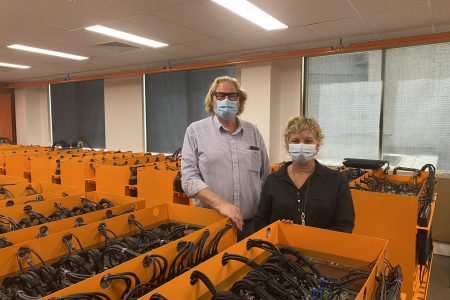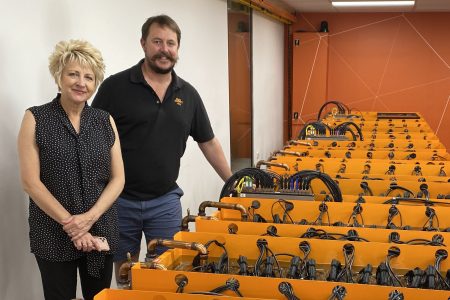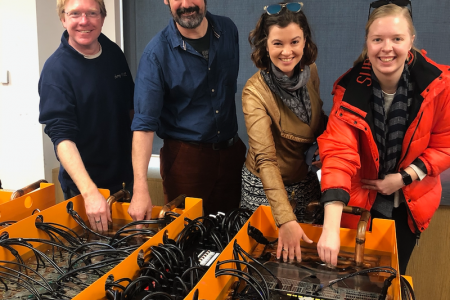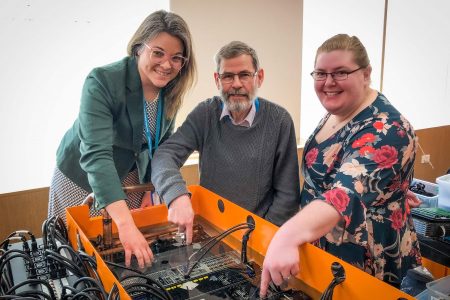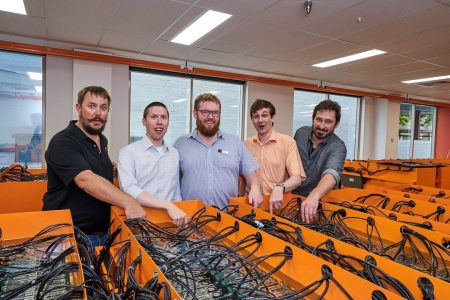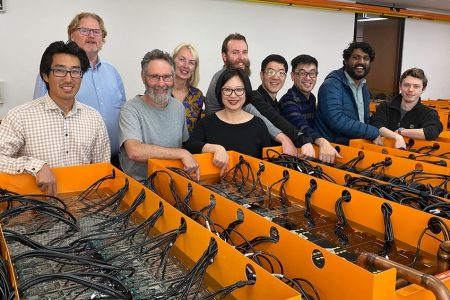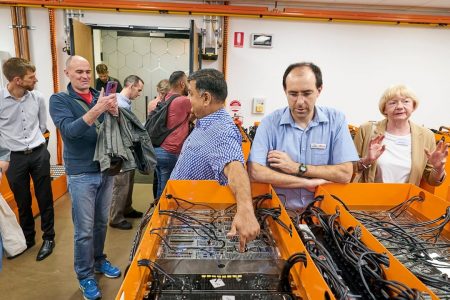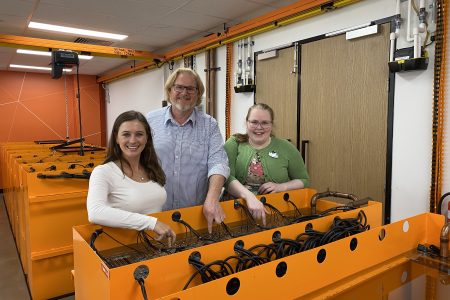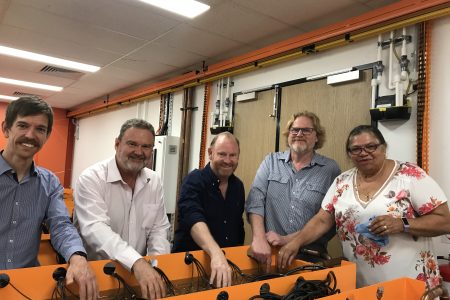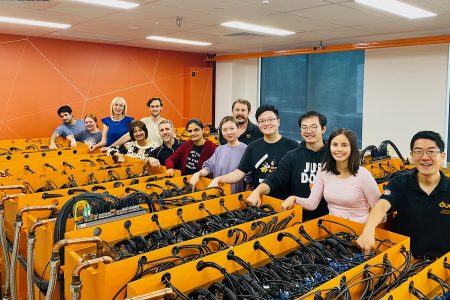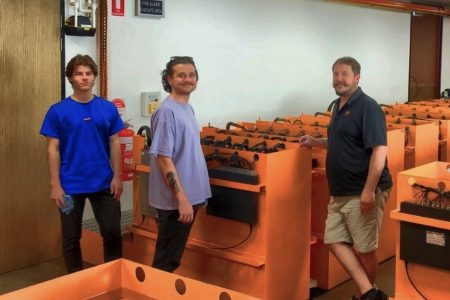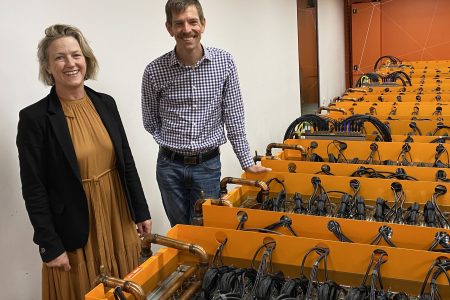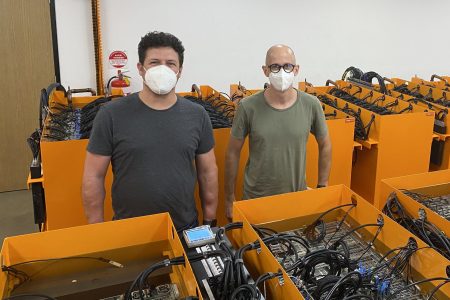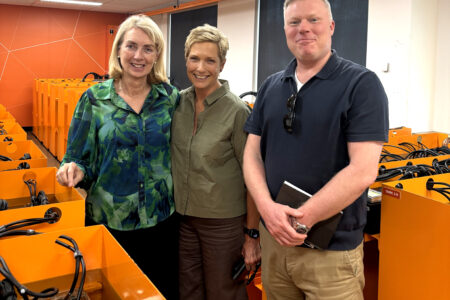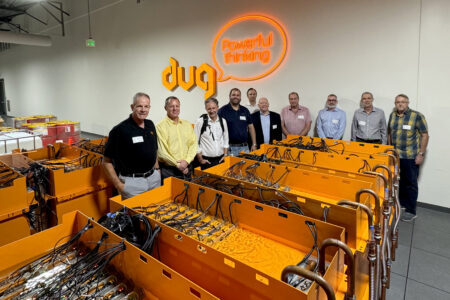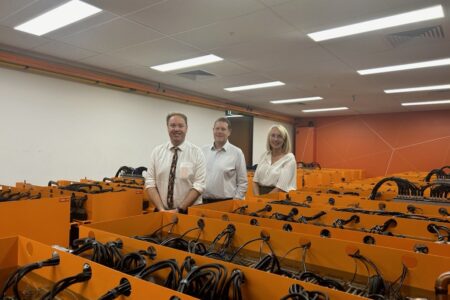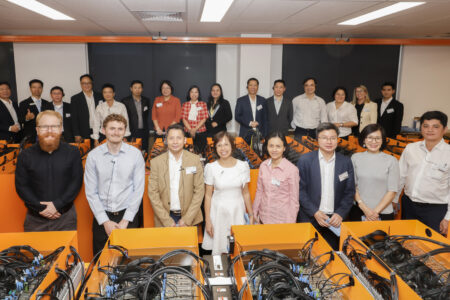‘Time crystals’ sound like powerful objects that belong in sci-fi movies. Remember those ‘time stones’ that Thanos wanted so badly in The Avengers?
While ‘time stones’ give wielders control over the past, present and future, time crystals are important elements that could give physicists better control over the future of quantum computing.
In what could prove to be a momentous accomplishment for fundamental physics and quantum physics, scientists say they’ve finally puzzled out how to produce these scientific oddities that could energise ultra-powerful quantum computers. Wanna know the basics of quantum computing? Check out this article!
What are time crystals? Can I wear them?
A time crystal is a novel phase of matter (the other phases of matter are solid, liquid, gas and plasma), something that physicists have strived to realise for a long time. It’s a weird and wonderful phase of matter, to say the least. It harnesses a quirk of physics that gives it order and perfect stability despite being in an excited and evolving state, (which is frankly quite oxymoronic).
In other words, it doesn’t consume or release any energy as it changes conformation, which is an outright violation of the second law of thermodynamics – a law stating that disorder, or entropy, will always increase. In addition, it’s also the first object to spontaneously break “time-translation symmetry”, a rule stating that a stable object will remain the same throughout time.
But why does this type of matter matter? It means that time crystals can oscillate between forms without ever using or releasing any energy. Consider the Schrödinger’s Cat thought experiment. The radioactive atoms would decay and not decay, kill the cat and not kill the cat. And this process goes back and forth countless times without any energy exchange at all. (No kitties were harmed in the writing of this article, meow!)
So what use do time crystals have?
The Schrödinger’s Cat experiment was brought up for a reason – time crystals could have profound implications for the finicky world of quantum computing. That’s based on a preprint published by a massive team of researchers from Stanford, Princeton and other universities in collaboration with Google’s quantum computing labs.
They’ve experimentally demonstrated a scalable time crystal for the first time, using Google’s Sycamore quantum processor. This exemplifies the vision of using quantum computers to simulate the particles of any imaginable quantum system, as envisioned by physicist Richard Feynman.
Some may even say that time crystals offer even more promise than the more well-known qubits in quantum computing. Qubits are often error-prone, highly unstable and act differently when someone observes them than when they’re left alone.
Enter time crystals. They’re not only inherently stable, but also pulsate at interesting intervals, and scientists can use them to power sustainable quantum computers instead. They could be applied in studies that investigate repeating patterns or random numbers – with similar implications in the natural sciences and beyond.
“Nothing lasts forever, not even diamonds, their protons will eventually decay,” says Nobel-Prize-winning theoretical physicist Frank Wilczek, who first proposed the time crystal concept in 2012. “If you can make something that has time crystal behaviour that lasts millions of cycles, or thousands of cycles, it can support sensitive technologies. You can do a lot even if it’s not perfect.”
If the preprint holds up under extreme scrutiny, and if physicists manage to use these time crystals practically (in place of qubits), then we may be looking at another quantum leap in the quantum revolution.






